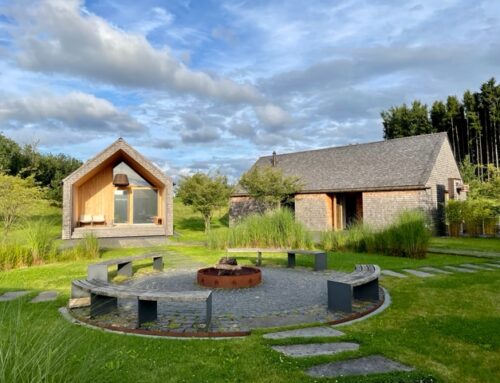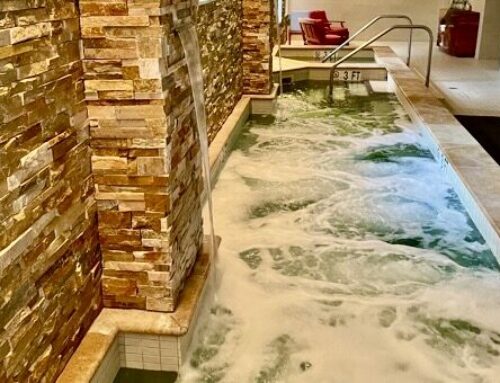Yield Management means dynamic price and capacity-regulation with the goal of maximising revenues through good balance between occupation of the spa and average price of spa treatments. This technology-based strategy of Price-Volume-Control is very well suited for areas with high fix costs, like we can find them in spas.
Depreciation of value through non-usage
We know of certain measures from other industries, such as Cinema-Monday (reduced entry tickets on weaker weekday Monday), or so called ‘house-wife-tariffs’ in fitness clubs (membership at a discounted rate with access only in the mornings) or a weekend-rate in business hotels or rental car companies.
The value of an empty cinema chair once the movie has started or the empty hotel room over the weekend, but also the value of a massage unit – let us say for example between 2 and 3 pm – is voided – lost revenue – shortly after 2 pm if not sold. Typical in the service industry, and this also accounts for spas, is a booking/purchase timely before the actual consumption, which also means an uncertain and fluctuating demand.
What kind of requirements does the spa business need to provide for successful Yield Management?
Successful Yield Management starts with a pricing elasticity in demand (meaning how strongly does demand changes on price changes), short term set capacity – as we can find them in any spa, such as service provider and treatment rooms – and an efficient IT with suitable Booking Software.
Under these conditions, monetary preferences such as an early booking discount for example can be controlled. By dividing the entire capacity (for example all available treatment slots in a day) in part-capacities (such as the off-peak time mid day) demand can be influenced.
Knowing guest preferences
How can Yield Management models be applied in real business?
Distributing resources, waiting lists, and turn-away tracking have to go hand-in-hand with Yield Management activities. Above, spa managers need to know their costs as well as guest preferences and be able to plan ahead wisely. Avoiding empty slots has to become main focus, and if they cannot be avoided, those slots should be used for promotional activities.
Beauty departments in department stores have been demonstrating this: if no customer is sitting in the Make-Up chair, a colleague is asked to take the place which creates curiosity amongst passers-by.
But also planned overbooking minimises empty slots. Here are two very important aspects that need to be respected: Spa Management needs to know a rate of probability for no-shows, and services may only be overbooked as long as the cost of unhappy guests and cost through no-shows have an equal value.
Match the right customer to the right product or service at the right time
Remains the question for preferences of target groups in the spa. Guests with monetary preferences will certainly be tempted by, for example, a ‘mid-day-discount’, however guests with time preferences – for example in a Ski Hotel during winter, may want to check the weather forecast first.
The overall aim remains: what really counts, is to match the right customer to the right product or service at the right time.





